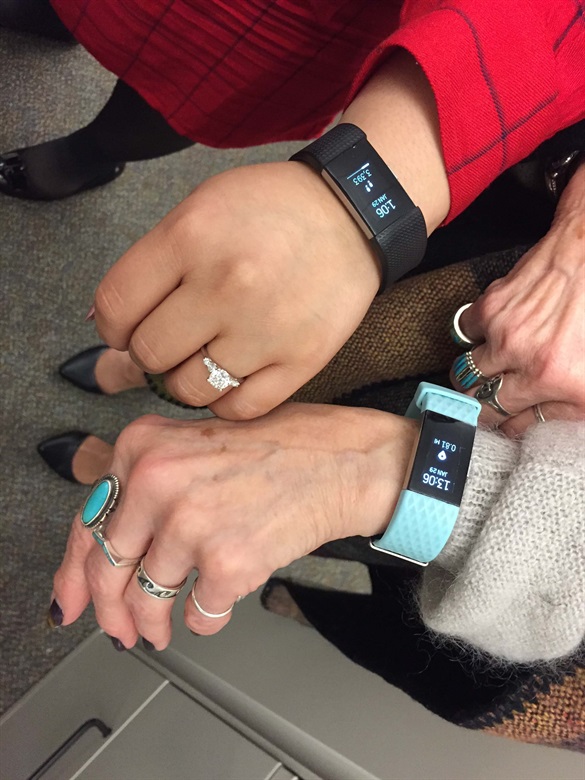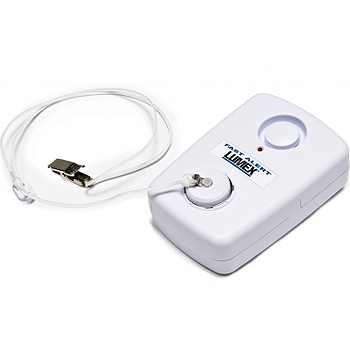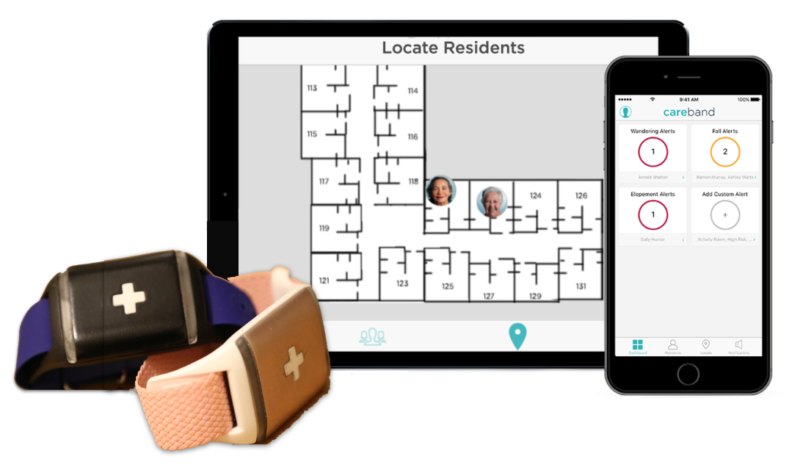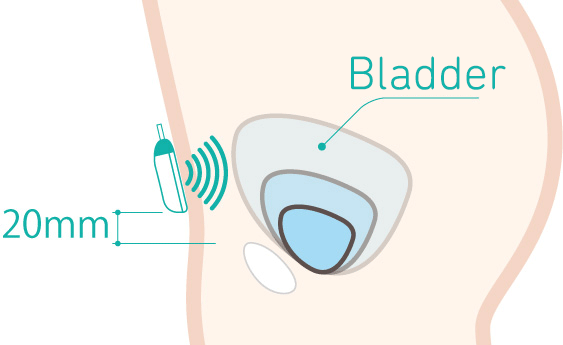
Make Wearables More Intelligent

One of the main focuses of aging research is motion, movement, and location. This has to do with the bio-mechanical research aspects (much of what I look at in my current position), as well as the real world implications. In nursing homes or protected settings for the aging population the idea of tracking patients is a very delicate topic. The facility want to protect individuals, but at the same time not seem like a jail for them.
If any reader has been inside a nursing home for an extended period of time you have probably noticed a cheeky grandma or grandpa trying to go someplace they aren’t supposed to; and a door alarm might sound. These are called “wander alarms” and usually are a simple magnetic sensor system. A bar sensor is placed near a door while the restricted resident is wearing a monitor.

One more safety device sensor may be placed on a wheelchair to alert staff of a fall or if the sitter is trying to stand without help. This is usually another simple sensor on the back of the wheelchair with a string tied to the person. If they try to stand or more away from the chair a low buzzer sounds. 
To add to these everyone (who is old enough) remembers the “I have fallen and I can’t get up” commercial. To advertise the need for a fall alerting system.
These are a few examples of the current state of tracking and protecting the elderly… while these devices do have good intentions, we can do better. With advancing technology, we are able to better design and use devices to assist the elderly. The aging individuals are not prisoners and should have freedom and respect.
Tracking/Location and motion is a hot topic for very mobile individuals. Fitbits, Garmins or other wearables are widely available to track physical activity. The popularity of these products has grown exponentially and most cell phones have a tracking and exercise monitors available. These tracking can be used to monitor health and fitness, but also can be used to help seniors maintain their independence as they age.
Wearables are expected to be a $51 billion industry in the next few years. The ubiquity of wearable tech paired with senior’s acceptance of learning and using technology will make for a boom in wearables for the aging.
A quick run down of some wearable devices for the aging:
The Apple Watch Series 4 has a fall detector
. I am sure more of the big brand wearables will be adding features like this to enter the aging market.
Careband startup is updating dementia care with a smart wristworn wearable.
DFree Device (which I assume stands for “diaper free”) is a unique wearable ultrasound device that can sense when your bladder is full and can send alert to a smart phone.
Smart Hearing Aids made a splash at 2019 CES in Las vegas, connecting hearing aids with smart phone IoT devices and many other possibilities.
A quick google search for “smart fall detector” returns about 10 - 20 devices and pages filled with ads and reason for why their tech is best. (I may go more in depth with these devices in the future)
Keep in mind many of there wearable require a connection to the internet which might be an issues in some seniors homes. They also might need a monthly subscription fee.


